From the May 2024 issue of Apollo. Preview and subscribe here.
It is surprising to come across evidence of Japan’s Arts and Crafts movement in the Government Museum and Art Gallery in Chandigarh. There’s a small, faceted stoneware box by the potter Kenkichi Tomimoto dated 1921 and, in the next case, a plate from Seto in central Japan. Plates like these, produced in their thousands and decorated with swiftly brushed, stylised landscapes, held a special meaning for Tomimoto and for the Japanese philosopher and critic Soetsu Yanagi. The clue to its presence in Chandigarh is in the next case, a stoneware celadon plate inspired by the Korean Joseon wares collected by Sardar Gurcharan Singh. Destined for a career in Delhi brick production, Singh studied ceramic technology in Tokyo in 1919–21 and amassed some 300 objects, donating them to Chandigarh.
A handsome blue vase by Singh made at his Delhi Blue Pottery in the 1950s is included in the beautifully researched exhibition ‘Art Without Heroes: Mingei’ at the William Morris Gallery, suggesting the complexities of the Japanese Arts and Crafts movement and its unexpected global reach. Its story is more often told from a Western perspective, with an emphasis on the interactions between the British studio potter Bernard Leach and Yanagi and his circle of friends. But ‘Art Without Heroes: Mingei’ and its fine accompanying book go much further, hence this Indo-Japanese story.
It was the arts and crafts of Korea, annexed by Japan in 1910, that inspired Yanagi in the 1920s to pursue an interest in so-called folk art. In Korea he was inspired by ceramics made by potters who were in his eyes ‘unspoilt’, working repetitively in pre-industrial conditions. Yanagi’s turn towards an overlooked world of vernacular making and his coining of the term mingei, an elision of minshu and kogei, meaning ‘art of the people’, were not entirely original. Links can be made with William Morris’s reaction against capitalised industry and the limitations of academic art. In the early 20th century Rainer Maria Rilke’s Duino Elegies spoke for many artists as he urged the reader to bear witness to ‘the simple thing’, ‘the rope-maker in Rome or the potter on the Nile’. Yanagi was part of an elite global turn towards ‘the simple thing’, usually made by means of some older mode of production.
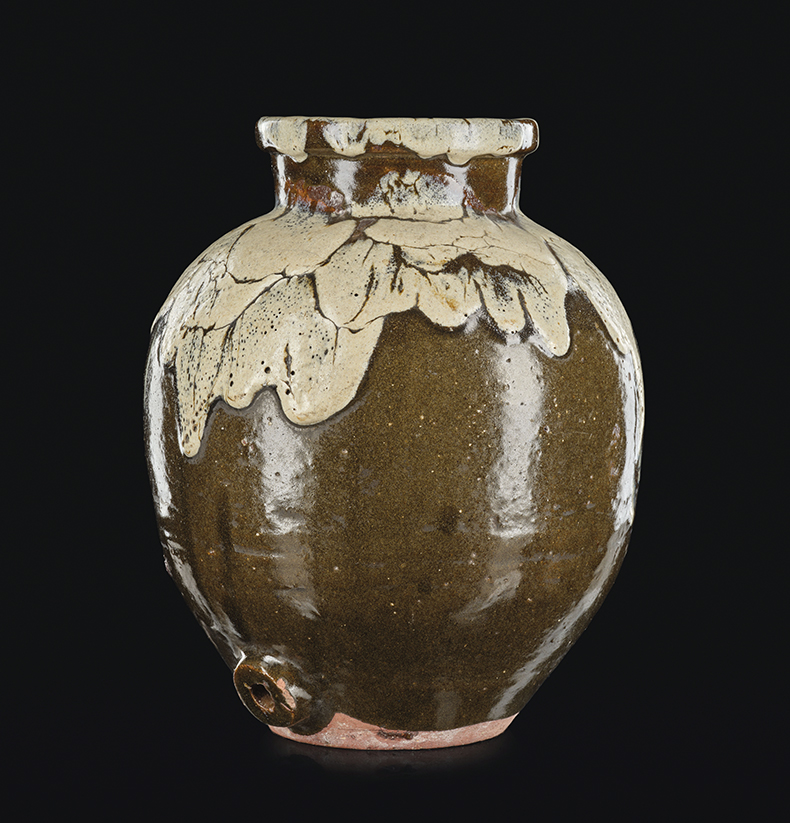
Tsubo (storage jar), 19th century. Photo: © National Museums Scotland
Initially Yanagi and the artists in his circle simply formed collections of the folk objects that they admired, which were informed by a powerful formalist aesthetic. At the William Morris Gallery these ‘true mingei’ objects – Seto dishes, Onda slipware, a Mashiko teapot decorated by Masu Minagawa, Korean moon jars and a marvellous range of vernacular textiles – are present in force, even if some of the more dramatic objects collected by Yanagi are absent. Mingei lovers will miss the massive sculptural wooden hooks for suspending vessels over open fires or the dramatically stencilled Tokyo fireman’s coats made of deerskin. Absent too are the largescale expressionistic woodcuts by Shiko Munakata, a self-taught woodblock print maker discovered by Yanagi, whose work was seen as part of the mingei movement.
As well as making taste, Yanagi was a figure who transcended cultures, travelling to Harvard in 1929 on a visiting fellowship, declaring for mingei in his final lecture there: ‘a history of art without heroes is the very one I should like to write.’ But Yanagi’s ideas about the unselfconscious maker also had a darker aspect – as did most modernist interactions with the ‘folk’ or the colonised. Yanagi and the artists sympathetic to his ideas – Tomimoto (for a while), Leach (an adoring admirer), the potters Kawai Kanjiro (latterly rebellious) and Shoji Hamada (a calming force) – were unarguably engaged in an orientalising project, as they sought ‘the simple thing’ in occupied Korea and Manchuria, or in outlying areas of Japan.
None of this is ignored: the show’s great strength lies in its subtlety of interpretation, aided by Marty Gross’s remarkable archive of digitalised and restored footage, which includes Leach filming in occupied Korea and Manchuria in 1934. There is a 1954 film of the pottery village of Onda, ‘discovered’ by Yanagi in the early 1930s and visited by Leach after the Second World War. There is a gripping sequence showing the figure deemed the essence of mingei, Masu Minagawa. Painting stylised landscapes at speed, an action repeated on some 500 to 1,000 teapots a day, her work is unselfconscious through economic necessity. Filmed in 1937, she gazes at the movie camera amusedly.
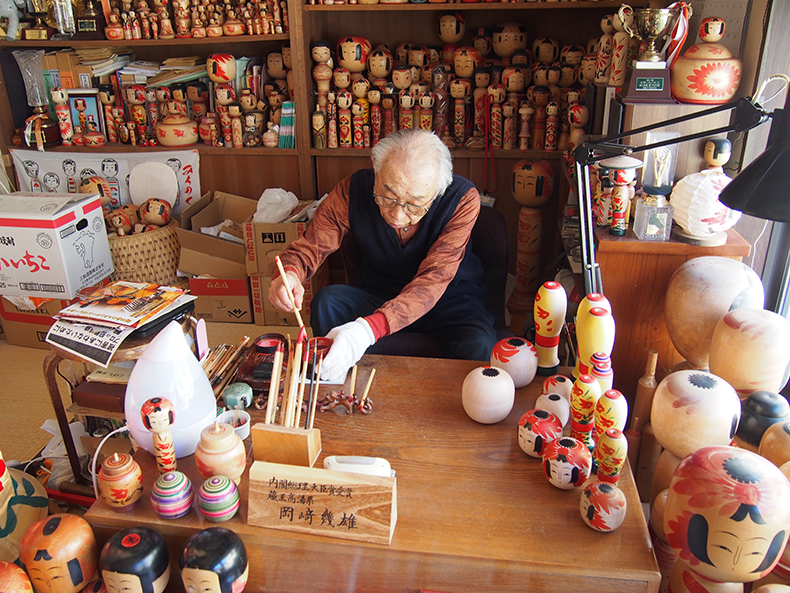
Kokeshi artisan Okazaki Ikuo at his studio in Zao Onsen, Yamagata Prefecture. © Okazaki Manami
There is a lot of politics in all of this, brought out discreetly in the exhibition. Let us go back to Sardar Gurcharan Singh, arriving in Tokyo from colonial India, finding himself in the first Asian country to have defeated a quasi-European power, in the Russo-Japanese war of 1904–05. Less happily, but inevitably, mingeiwas later put to the service of Japan’s fascist wartime state from 1937 to 1945. Conveniently, its values were rehabilitated after the war with America’s blessing, reminding us that in Germany and in Italy the idea of volk-ish craft did not fare so well after 1945. Beyond these difficult questions, ‘Art without Heroes: Mingei’ brings out the debt that modernist design owes to vernacular craft in Japan and elsewhere, in the form of trial and-error fitness for purpose, adjusted over generations. Out of mingei came Muji.
Nothing can detract from the original vision arrived at in the 1920s, characterised by the journeying of elite figures to remote, often impoverished places in order to find and to recognise good work. And mingei, as this show marvellously demonstrates, still reaches out, drawing in the Chicagoan artist Theaster Gates with his ‘Afro-Mingei’, which he puts to the service of marginalised communities. As Gates observes, choosing craft ‘is wonderfully political, and we do need movements that insist that the hand matters and that people have a right to understand deeply their capacities, limits and abilities’.
Choosing craft can seem a liberating force in an impersonal world. That was the choice, however imperfectly, that Yanagi and his friends made.
‘Art Without Heroes: Mingei’ is at the William Morris Gallery, London, until 22 September.
From the May 2024 issue of Apollo. Preview and subscribe here.
Unlimited access from just $16 every 3 months
Subscribe to get unlimited and exclusive access to the top art stories, interviews and exhibition reviews.

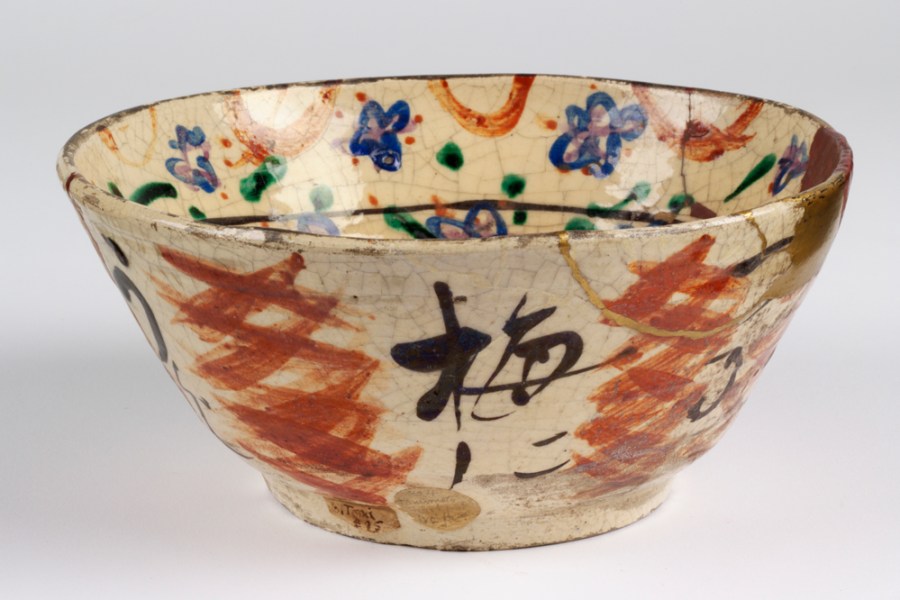
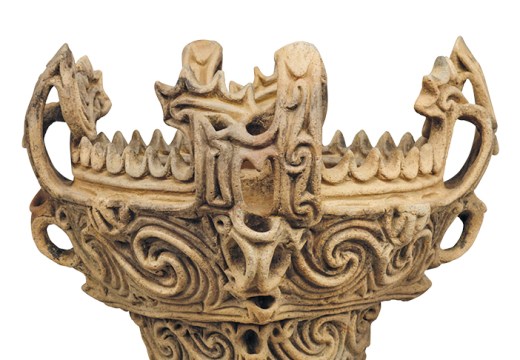
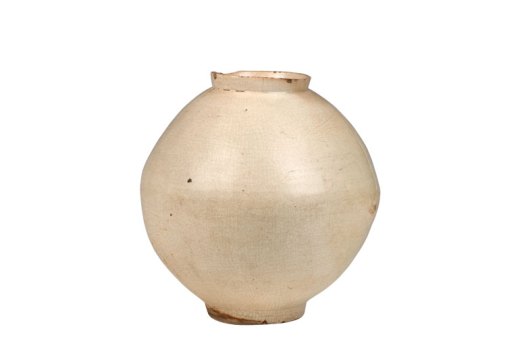
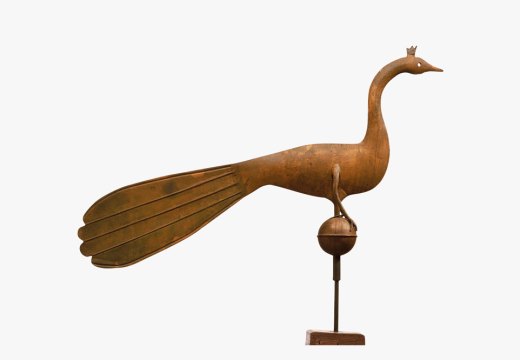









![Masterpiece [Re]discovery 2022. Photo: Ben Fisher Photography, courtesy of Masterpiece London](http://www.apollo-magazine.com/wp-content/uploads/2022/07/MPL2022_4263.jpg)
It’s time for the government of London to return to its rightful home